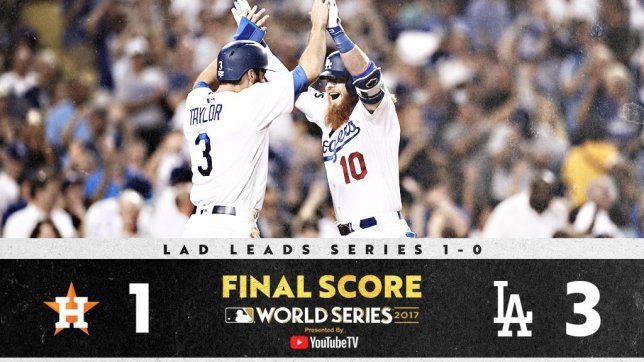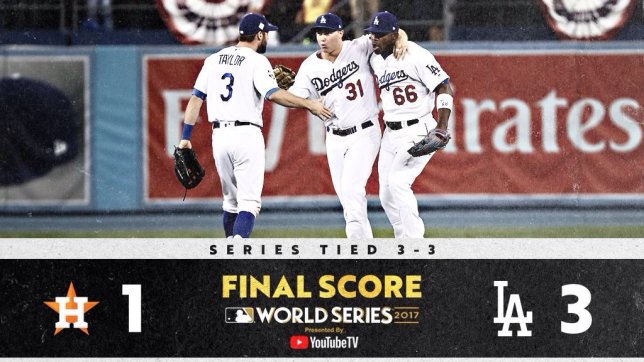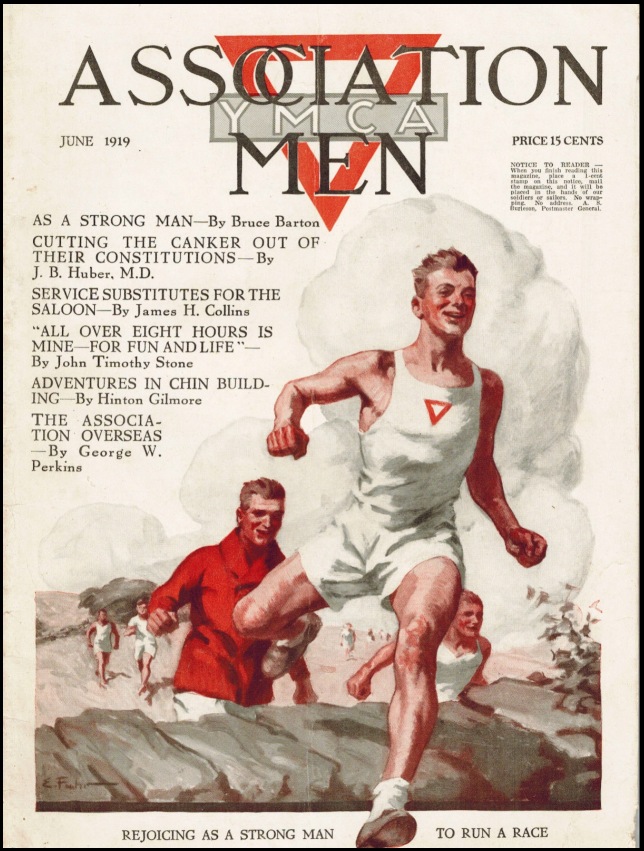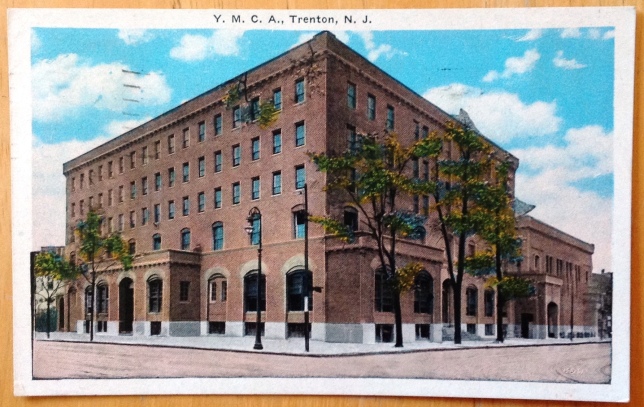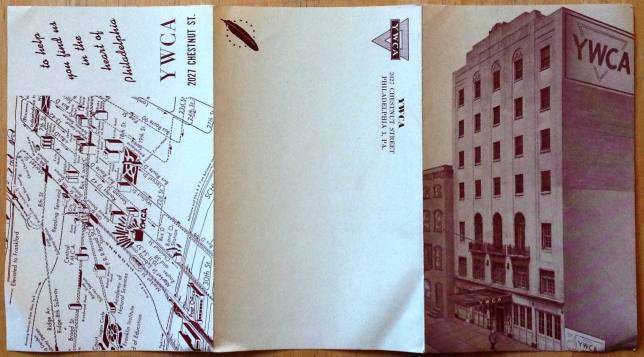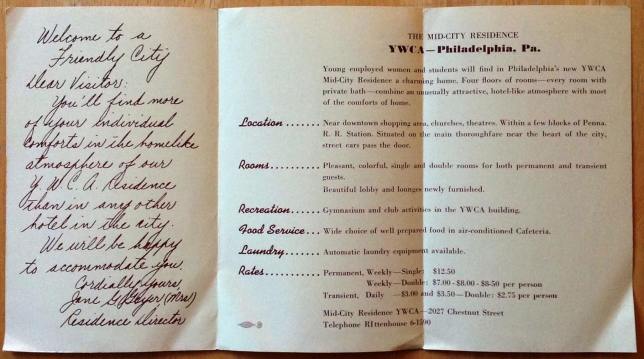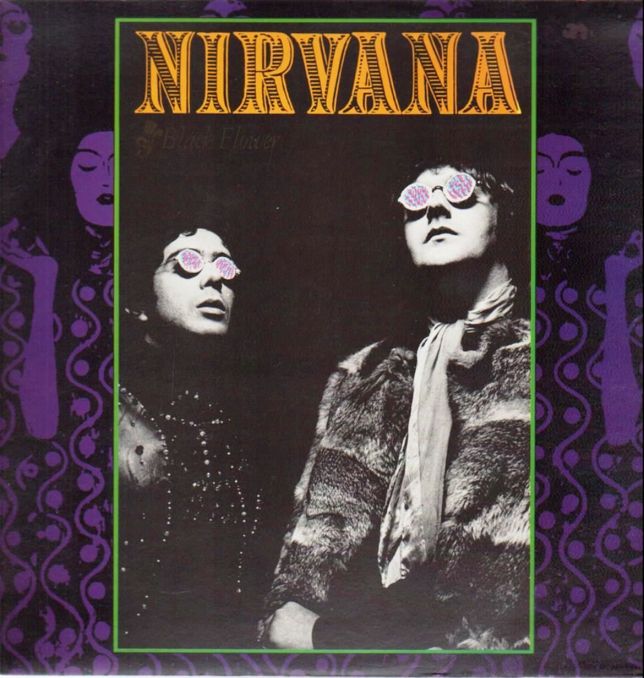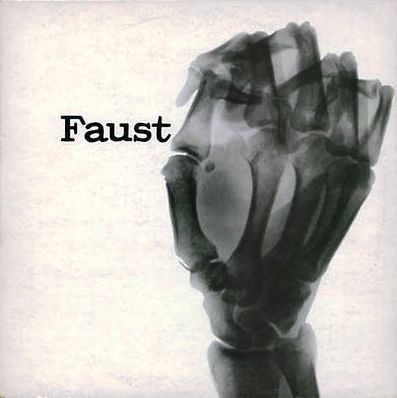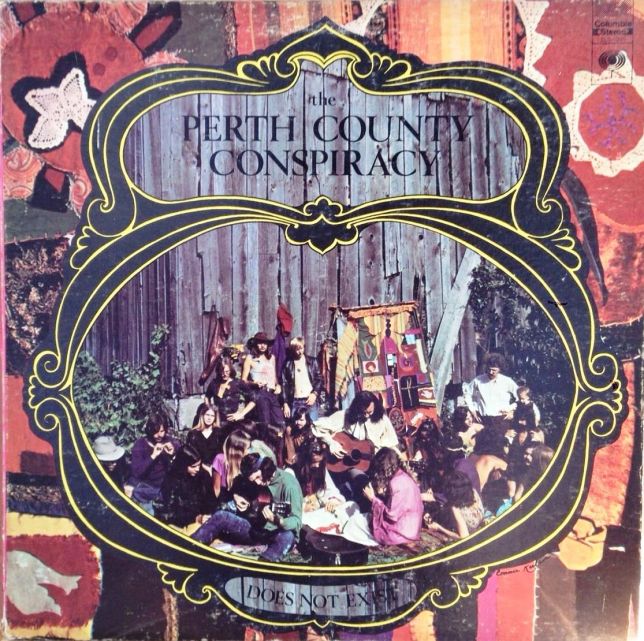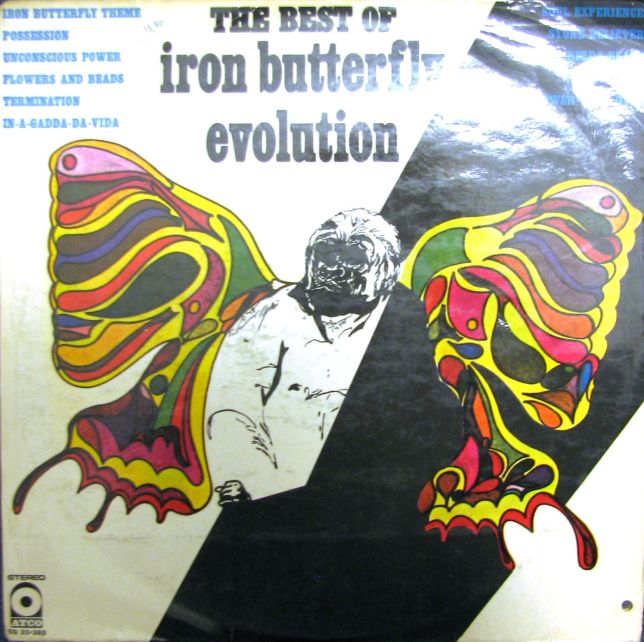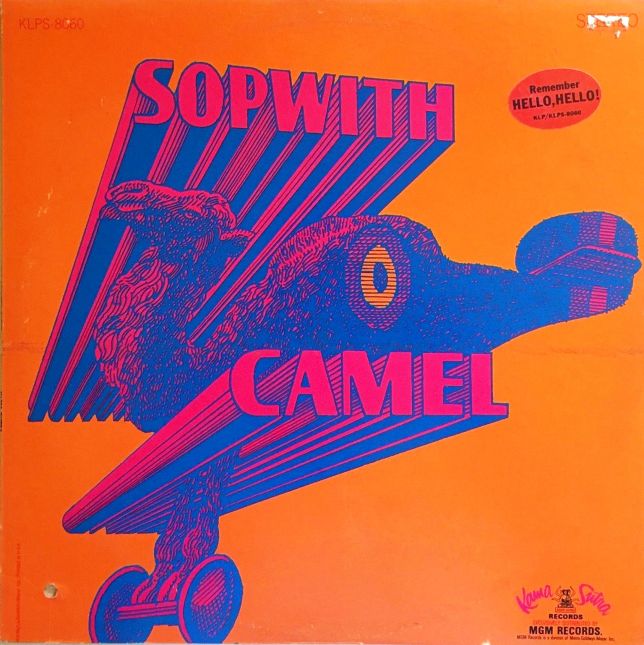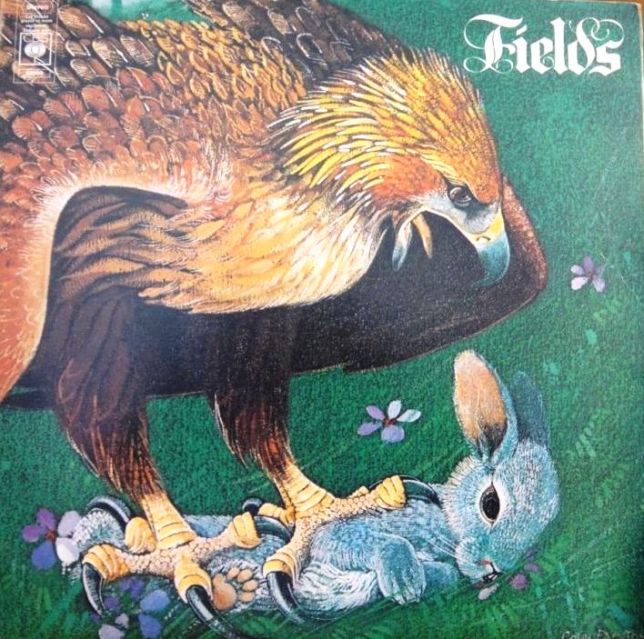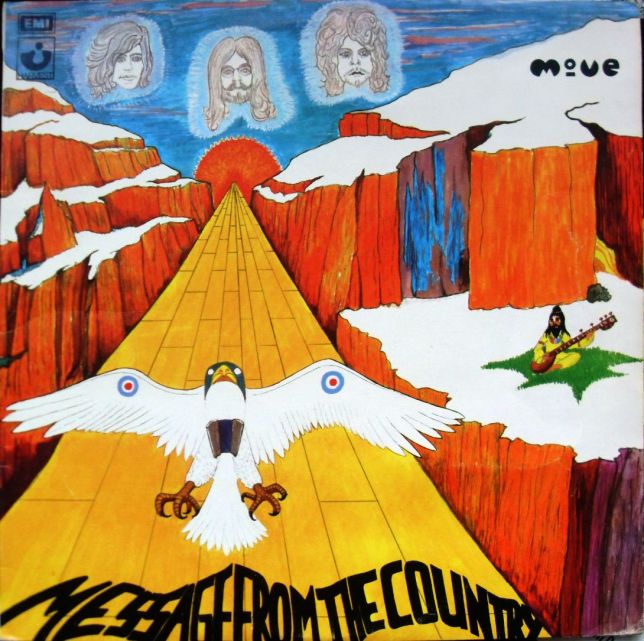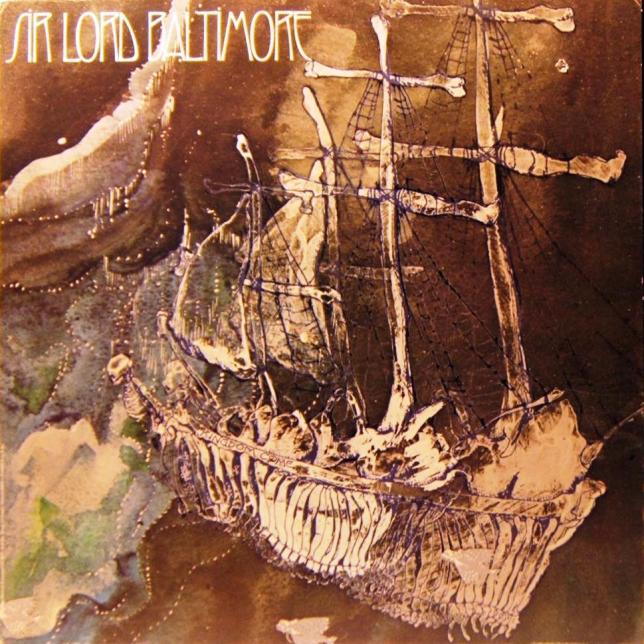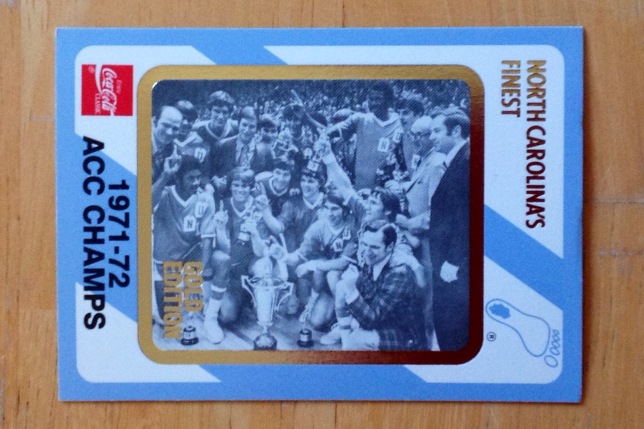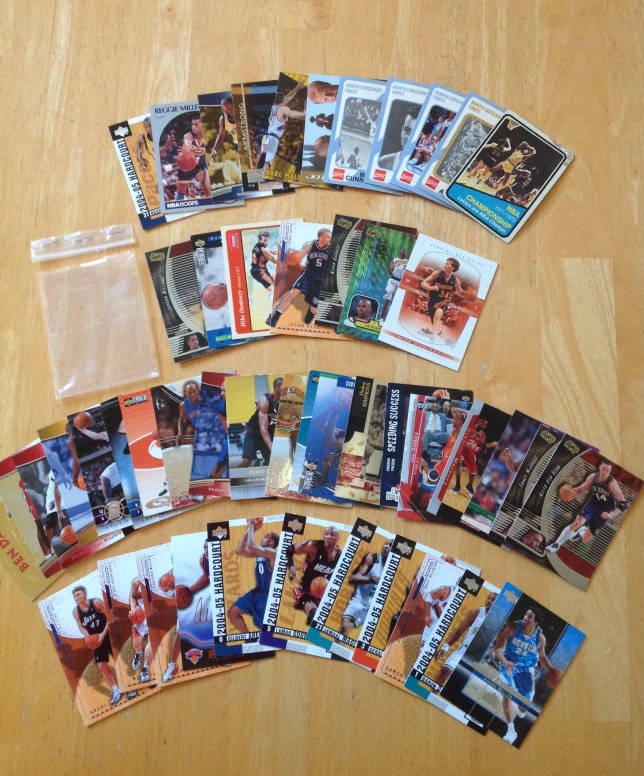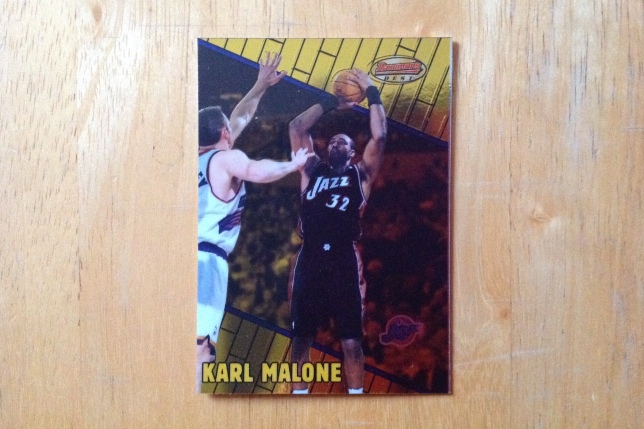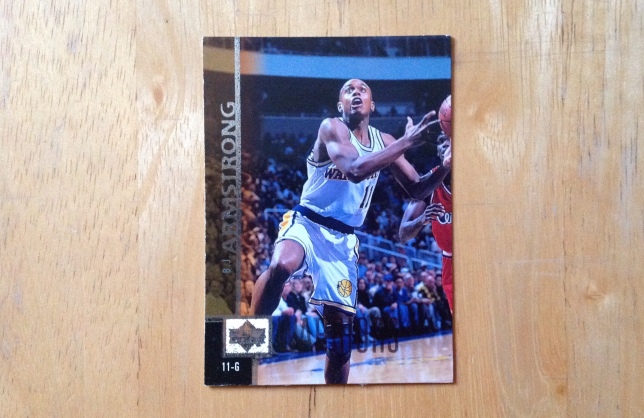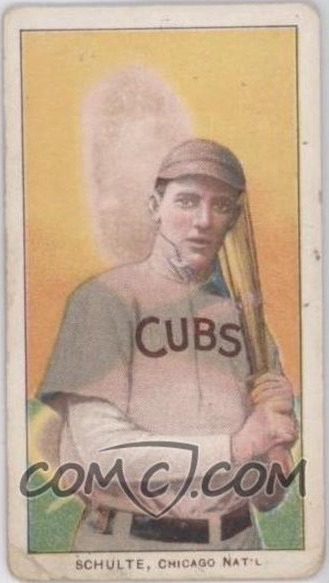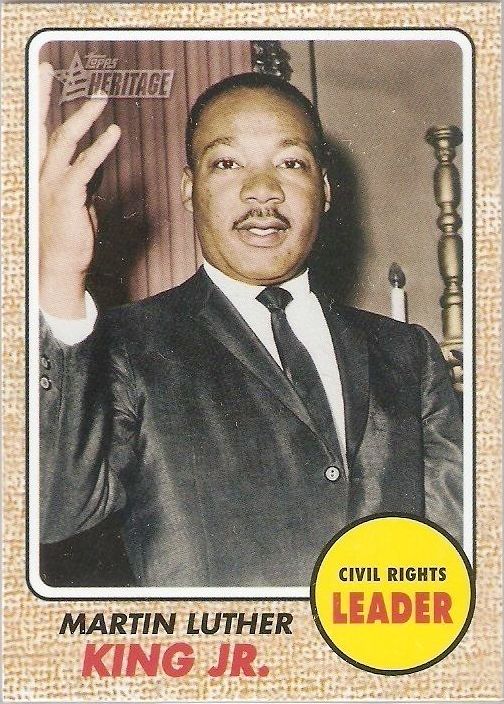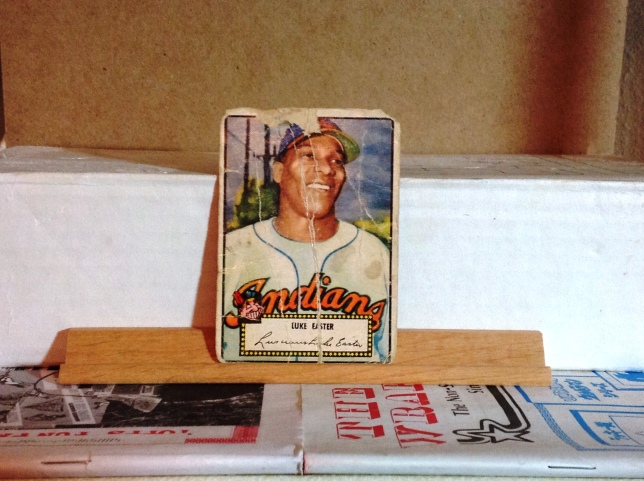
Contrary to the bell curve for even the most common of “common” players, surprisingly (sadly) this ended in much the same way as it began—with a card, a name, and some minimal, dashed off numbers and space-filler information. The research task at hand: a fairly obscure American college football player by the name of Bill Matthews, also whose card (#65) in the 1951 Topps Magic seems to be among the very few, if not the only one, horizontally oriented in that set. From the outset Matthews at least appeared to be a prominent and gifted football prospect. (However, future success is of course rarely guaranteed for talented college athletes.) Despite a promising early career, the relative lack of additional biographical information about Matthews feels even more curious in light of the number of available artifacts from his youth: newspaper game scores and summaries, articles in school publications, surviving football game programs, etc. Ultimately, Matthews was an appealing young standout who at some juncture must have fallen short of his competitive goals. In as much, his existence has become one largely unknown, unheralded. Yet during his scintillating prime, flashes of brilliance surely lit up his chosen gridiron stage.
According to his trading card, Matthews was a halfback. He played for New York University, a football program with its share of ups and downs—not first-downs—but mostly losses and woes. In fact, Matthews’s very college football career (as well as any potential professional one) likely suffered along with the losing NYU varsity football program, as it shut down after 1952 and remained defunct.[1]
Working backwards from the age printed on his 1951 trading card, Matthews was born around 1925. Also, he hailed from Carteret, NJ. The trading card back elaborates on Matthews and his promise as a player:
The top ground gainer for the Violets last year. Coach Hugh Devore [who succeeded Matthews’s earlier coach, Coach Edward Mylin] expects big things from Bill, who’s a fast and shifty runner. . . .
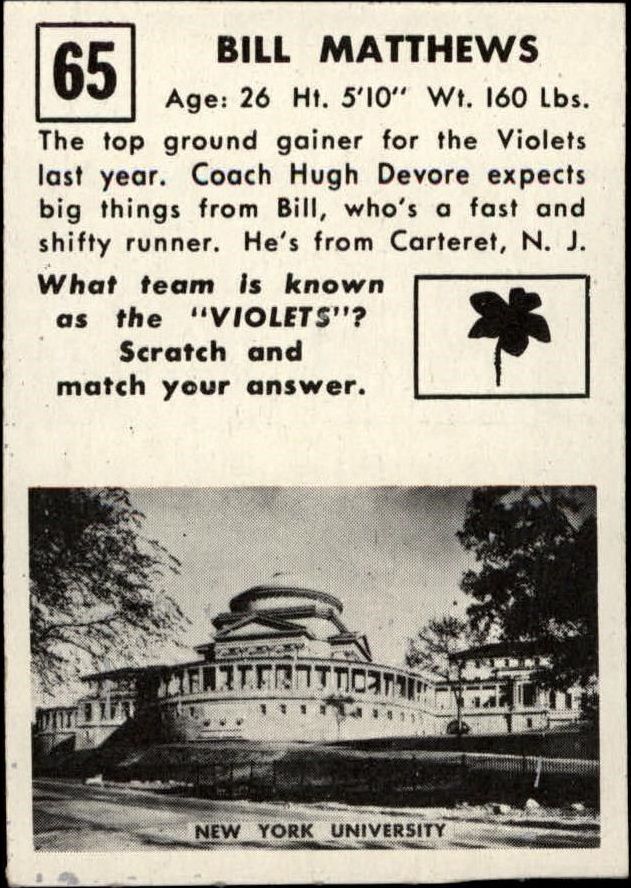
On occasion, Matthews reportedly lived up to his talents. In the introduction from an interesting, elaborate story of apparent controversy regarding student-athlete transfer rumors among opposing football programs, an editorial titled “Conning the Campus” from a 1949 issue of The Michigan Alumnus (volume 56, number 11) describes Matthews as a “sophomore whiz” whose performance “was outstanding on the frosh eleven last year, a one-man gang who scored 54 points and accounted for all but one touchdown tallied by the first-year men” (187).
 Matthews looks like he continued to improve in subsequent seasons. Referring to one sports researcher from Net54baseball.com:
Matthews looks like he continued to improve in subsequent seasons. Referring to one sports researcher from Net54baseball.com:
One of the few highlights I could find of Matthews’s playing days was in a 21-13 victory over the King’s Point Mariners when he scored two touchdowns, one a 78-yard punt return for a score (The Brooklyn Daily Eagle, October 6, 1951). [However,] his play could not overcome the lackluster team, described as ‘a weak outfit’ (Syracuse Post Standard, November 26, 1950), who ‘dropped six in a row’ in 1951 (Syracuse Post Standard, November 25, 1951).
Returning to that “Conning the Campus” report, The Owosso Argus-Press ran a short item on January 5th, 1950 and followed up on Matthews and his controversial or at least sudden departure from the NYU program. The item likewise praises Matthews as “a grid whiz” with no shortage of “prowess.” However, it remains largely unclear why Matthews briefly left NYU (and equally unclear are his specific aims for moving to Michigan, though presumably those plans had something to do with football).
In any case, after his absence during the 1949 football season, Matthews later returned to play for NYU in the fall of 1950. An NYU vs. Fordham game program from that season explains that “He returned to school the season after one year’s absence and battled successfully for the starting right half position. Fast and shifty. . . . Played football, basketball and track while at Barringer High School.”
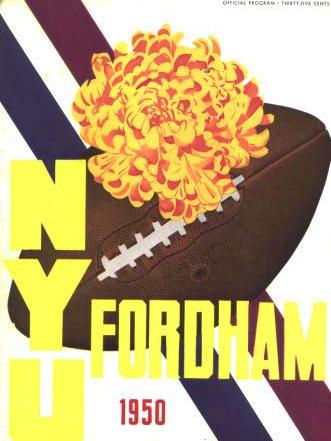
That same NYU vs. Fordham game program reveals another interesting point for this era in terms of racial integration among American colleges and college athletics: regarding the other NYU starting player photographs, Matthews was one of three players of color.
Only three years before this, in 1947 Jackie Robinson was the first player in decades to break the “color barrier” for Major League Baseball. Robinson himself played college football—for UCLA several years prior, between 1939 and 1940. But even with NYU, college sports were far from being cohesively, peacefully integrated. For example, one New York Times article from 2001 reflects on some notable student unrest and protests that occurred during the 1940 and 1941 seasons:
In 1940 and 1941, [one] Ms. Witkin and six fellow students helped lead thousands of classmates in denouncing a little-known but widespread practice in college athletics known as the ‘gentlemen’s agreement.’ If a game was scheduled between two schools and one of them objected to black athletes participating, the opposing team would keep the black players out of the contest. . . .
But Ms. Witkin, a biology major, and other students took action when they learned in the fall of 1940 that Leonard Bates, a star fullback on the N.Y.U. football team, would not be allowed to play in a November game at the University of Missouri.
They began circulating petitions, wore buttons and picketed the university administration, chanting, ‘Bates must play!’ It was at the time the largest protest against the gentlemen’s agreements, and it took place nearly two decades before the start of the mass civil rights movement.
Broadly speaking, though, the hurtles for race relations appeared a little less formidable at schools in the North such as NYU than those obstacles faced in the South at places like Mississippi State or the University of Alabama. In “Breaking the College Color Barrier: Studies in Courage,” Richard Lapchick similarly acknowledges this:
Generally, the conferences north of the Mason-Dixon line integrated much earlier than the SEC and ACC. William Henry Lewis was an African-American All-American football player at Harvard in 1892 while attending Harvard Law School. William Edward White played baseball on Brown’s 1879 team.
Still, whether it was Jim Thorpe competing for Carlisle against Harvard in 1911 or Ernie Tanner playing for Whitworth College in 1908, integration was far from an easy task—especially for the early waves of these brave students of color. Indeed Lapchick himself prudently notes that “No matter where the school is located or when the walls fell, though, all these college pioneers encountered various forms of racism that might have stopped less courageous men.”
And I certainly keep those less quantifiable contexts in mind when I consider players as “barrier breaking,” perhaps a term that I use a little more loosely than some others do. But even in baseball, for example, there were different periods where a few black athletes played very early before the majority colluded to ban them—and then of course another, bigger wave of integration later with Robinson.
Certainly some schools were integrating well ahead of other schools (and ahead of the professional leagues). Again, though, how pervasive was this early integration for many of these institutions and how limited to areas where administrators wanted to simply exploit some talents over others—say, admitting young black athletes more readily than admitting some equally or more deserving young, black scholars? And what of those schools that may have had one or two or three student-athletes of color? Again, that does not necessarily demonstrate a program was peacefully “integrated,” another point to which Lapchick alludes. Even if one such school had a black football player twenty years prior, I would still credit another black athlete as a barrier breaker when part of an early wave of under-represented, bold faces.
Again, a sports card and player researcher from Net54baseball.com, perhaps puts it best:
Point being: [this] one card, the 1951 Topps Magic Bill Matthews probably represents tens or hundreds of other individuals who struggled against exclusion in sports. While an NFL career never materialized for Matthews[,] that could be for any number of reasons. Was he Jackie Robinson? No. Was he Marion Motley or Ben Willis? No. But I would say any individual who integrated the college or professional gridiron or baseball diamond prior to the Civil Rights Movement (1954-68) was a ground-breaker.
[1] From Net54baseball.com: “the NYU football program was cancelled [on] March 10, 1953. The 1950-52 New York University were a less than impressive aggregate, led by Coach Hugh Devore who compiled a career record with the Violets of just 4 wins, 17 losses, with 2 ties.


